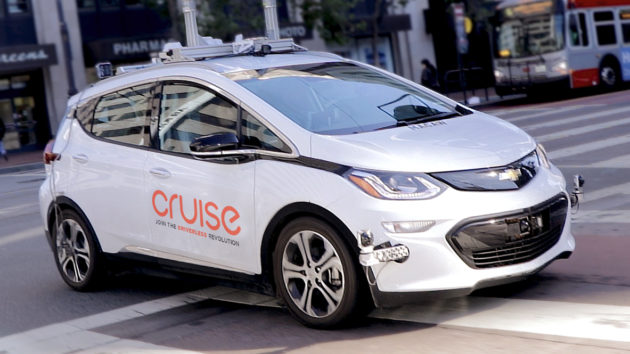...
The 2nd video is most interesting, as Waymo CEO introduced their own in-house sensor suite. It is installed on a fleet of Pacifica that is being tested. It is what I encountered several times when walking around my neighborhood. I thought I saw a lot of stuff poking out from the car, but could not catch it.
Anyway, instead of just one roof-mounted medium-range lidar, they now have the following suite:
* Roof-mounted lidars: one long and one medium-range, 360-deg view
* Front down looking, two side-looking, rear looking (4 total small lidars)
* Roof-mounted radar, 360-deg view
* Side-looking radars, mounted at 4 corners.
* Vision camera, top mounted, 360-deg view
* Vision camera, front-looking, high-resolution
Holy moly! That's a lot of sensors. They have all 3 types of sensors: lidars, radars, vision cameras covering 360 degrees. The roof-mounted lidars are for driving, and they cannot look down to objects close to the car, hence the 4 smaller lidars. The car is not going to run over, or back over something that is close to it.

